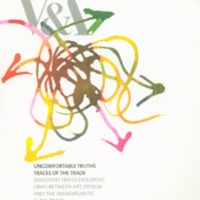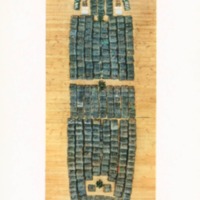Collection
Date
Location
Type
4 results
Remembering 1807
In 1807 Britain legally abolished the slave trade, although it continued to participate in and profit from the institution of slavery. In 2007 the British government committed public funds to mark the bicentenary of the Slave Trade Act. The Remembering 1807 project has collected and archived material relating to the many events and activities that took place during 2007. These records help us to locate and understand the place of slavery, the slave trade and its abolition in the UK’s public history, commemorative traditions and popular memory. Background to the collection...

Wilberforce 2007 at Ferens Art Gallery
Hull Museums had a programme of special exhibitions at the Ferens Art Gallery commemorating Wilberforce 2007. The Abolitionist's Parlour was a new work commissioned by the Gallery. The video installation by artist Keith Piper explored the role of William Wilberforce through the writings of a…

Believe in yourself...you can make change...today and tomorrow
As part of the Wilberforce 2007 programme, ArtLink Exchange, a community arts organisation in Hull, worked with local schoolchildren to produce an exhibition of artwork inspired by the bicentenary. This included artwork created by pupils from Sir Henry Cooper School and Endeavour High with artist…

Uncomfortable Truths
Uncomfortable Truths at the Victoria and Albert Museum sought to expose how embedded the transatlantic slave trade was within British culture during the 18th and 19th centuries through art and design. A series of five trails - 'Traces of the Trade' - explored the permanent collections on display…

La Bouche du Roi
La Bouche du Roi was created by artist Romauld Hazoumé, who lives and work in the Republic of Benin, West Africa. The multi-media artwork is named after a place on the coast of Benin from where enslaved Africans were transported. It comprised 304 plastic petrol can 'masks', each representing a…